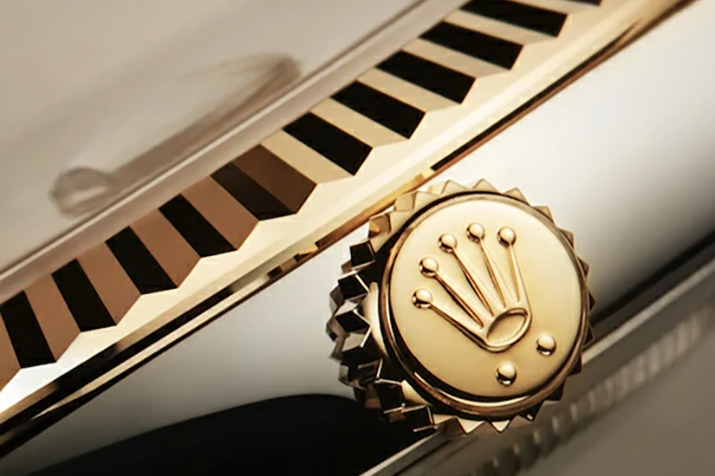As you know, both Italian law (art. 20.1 c.p.i.) and European law (art. 8.5 RMUE) establish that the famous trademark (or reputation) is protected against similar trademarks, whether they are used or registered for goods or services other than those of the famous trade mark, whether the use of those marks may give rise to an undue advantage to the proprietors of those marks or to an injury to the famous trade mark (for example its debasement). In theory, it would seem that – at least one of these requirements (in particular the undue competitive advantage) – would almost always exist in the case of brands very similar to a well-known sign.
In theory, it would seem that – at least one of these requirements (in particular the undue competitive advantage) – would almost always exist in the case of brands very similar to a well-known sign. Finally, it should be noted that even the famous Rolex “crown figure” brand has seen the definitive rejection of the attempt to prevent the registration of a very similar European figurative brand registered by a Danish company.
Since 2016, Rolex had opposed the application for European registration of the figurative mark of that company in relation particularly to class 25 products (clothing, footwear and headgear) relying on two previous registrations, e , both for class 14 watches. According to the opposing party, registration of the mark of the Danish applicant was to be refused on the following grounds: (i) the mark is too similar to the earlier Rolex marks; (ii) the products for which registration is requested are to be regarded as similar; (iii) there is a risk of confusion for the consumer between the opposite brand and those of Rolex; but above all (iv) the subsequent mark could unduly benefit from the reputation of the earlier Rolex marks.
However, both the EUIPO (in the first instance) and the Board of Appeal (in the appeal) rejected Rolex’s appeals. Finally, the EU Court of Justice (in its judgment in Case T-726/21) put an end to the affair, stating that there is no affinity between watches (perceived as accessories of the person) and clothing products, thus excluding the danger of confusion (observation in itself correct, for ordinary marks).
Moreover, with regard to the brand’s celebrity (in itself indisputable), the Court confirmed that Rolex had failed to demonstrate the existence of a serious risk that the later brand could unfairly exploit the reputation of the earlier brand. In this regard, the Court of Justice noted that, in order to be able to benefit from the ultra-product protection, the proprietor of the famous trade mark, while not being required to prove the existence of an effective prejudice to his trade mark, “however, it must demonstrate that there is a serious risk of such injury occurring in the future […]”.
The Court’s decision cannot but leave some doubt, both because it has not taken into consideration the issue of the undue advantage of the proprietor of the opposing trade mark, and because it seems very difficult to demonstrate the “risk of future injury” for the famous mark determined by a mark being registered and therefore, as such, it may not have been used yet.
Be that as it may, from this kind of jurisprudential approach (and the Rolex case is the last, but certainly not the only one), we draw the conclusion that, famous or not, it is always well registered its own brand for a wide range of products, which includes not only those of actual use, but also those of potential future interest of the company, which still enjoys a period of 5 years to begin the use of the trademark for all the products claimed. And if this is not possible, it will not result in a concrete prejudice: better, however, this situation than having to give way to those who try to take advantage of the reputation of the brand of others.

